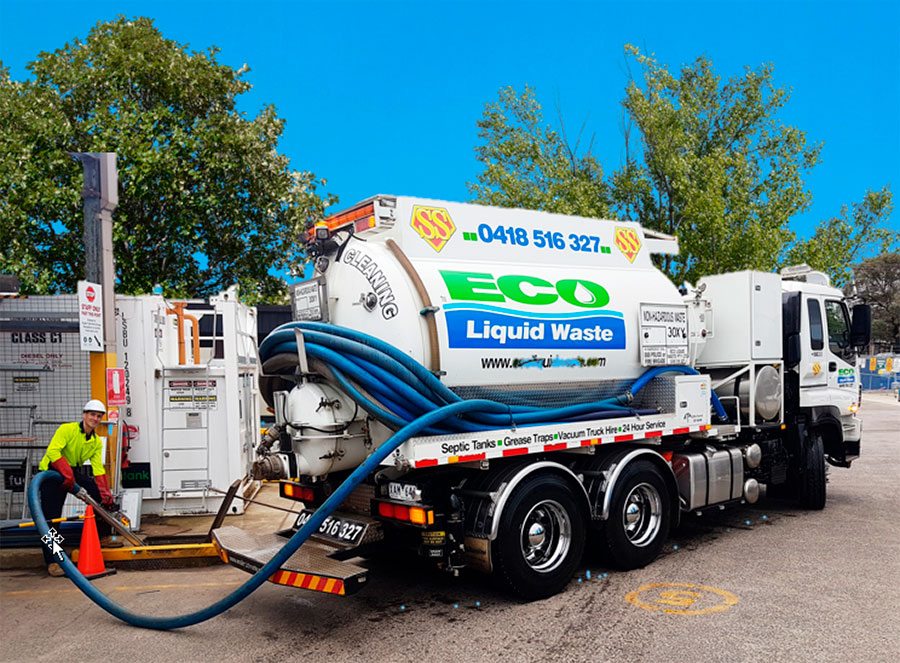Little Known Facts About Reclaim Waste.
Little Known Facts About Reclaim Waste.
Blog Article
Reclaim Waste Things To Know Before You Get This
Table of ContentsThe 8-Minute Rule for Reclaim Waste8 Simple Techniques For Reclaim WasteThe 9-Second Trick For Reclaim Waste8 Easy Facts About Reclaim Waste ShownThings about Reclaim Waste
Check out the types, events, and forms of liquid waste. Residential sewage waste describes the waste and products from a property septic system. This type of waste is developed by people in houses, colleges, and various other buildings. This only includes sewage-disposal tanks that have a drainpipe field. The correct administration and disposal of residential sewage waste call for liquid waste to be moved to a sewage treatment plant where the proper approaches and devices are applied to cleanse and throw away waste.
Industrial waste frequently includes possible dangers, such as flammable materials or a blend of fluid and strong waste products, and calls for a more sophisticated and thorough disposal process. The disposal of industrial waste commonly involves the filtering of waste before transport to make sure secure and proper disposal. Industrial waste is produced from results and runoff of industrial processes and manufacturing.
This type of waste can not utilize the very same sewer management transport or processes as septic or business liquids. The hazardous waste management process requires the inspection and screening of fluid waste prior to it undertakes the disposal procedure (liquid waste disposal melbourne). Runoff waste is the liquid waste that comes from overflow and excess stormwater in highly populated areas or cities
Overflow waste can trigger contamination and flooding if not managed correctly. Discover more concerning sewage system cleansing and waste monitoring. Guaranteeing correct waste monitoring can stop calamities and reduce environmental damage. Both individuals in domestic settings and experts in industrial or production industries can gain from recognizing the processes and regulations of liquid waste management.
9 Easy Facts About Reclaim Waste Explained
Get in touch with PROS Services today to find out about our waste monitoring and disposal services and the correct methods to care for the fluid waste you produce.
(https://www.tumblr.com/reclaimwaste1/766851148823068673/at-reclaim-waste-were-a-national-solutions?source=share)Do you understand what happens to your water when you disengage, purge the commode or drain the cleaning maker? No? Well, it's worth recognizing. This so-called 'wastewater' is not only an important source yet, after therapy, will be launched to our land, rivers or the ocean. Used water from commodes, showers, bathrooms, cooking area sinks, laundries and commercial processes is recognized as wastewater.

water utilized to cool machinery or tidy plant and tools). Stormwater, a kind of wastewater, is overflow that moves from farming and urban areas such as roofs, parks, yards, roadways, paths and gutters into stormwater drains pipes, after rain. Stormwater streams without treatment directly to regional creeks or rivers, at some point reaching the sea.
Not known Incorrect Statements About Reclaim Waste
In Queensland, most wastewater is treated at sewer treatment plants. Wastewater is carried from domestic or commercial sites via a system of sewers and pump stations, known as sewerage reticulation, to a sewer therapy plant.
The Division of Natural Resources encourages city governments concerning handling, operating and keeping sewage systems and therapy plants. In unsewered locations, city governments might need householders to install individual or house sewer treatment systems to deal with residential wastewater from commodes, cooking areas, restrooms and washings. The Division of Natural Resources authorizes the usage of home systems when they are proven to be efficient.
A lot of stormwater gets no therapy. In some new neighborhoods, useful content treatment of some stormwater to remove clutter, sand and gravel has actually begun making use of gross toxin traps. Wastewater therapy happens in 4 phases: Removes strong matter. Bigger solids, such as plastics and other things wrongly discharged to sewers, are gotten rid of when wastewater is passed through displays.
Wastewater then moves into big containers where solids settle and are gotten rid of as sludge. Grease and scum are skimmed from the surface area. Utilizes little living organisms called micro-organisms to break down and eliminate continuing to be liquified wastes and fine bits. Micro-organisms and wastes are included in the sludge. Eliminates nitrogen and phosphorus nutrients that might cause algal blooms in our waterways and threaten aquatic life.
Reclaim Waste - Questions
Nutrient elimination is not readily available at all sewer therapy plants because it requires pricey specialist tools. Clear fluid effluent created after treatment may still consist of disease-causing micro-organisms - liquid waste removal.

Many wastewater flows right into the sewerage system. Under the Act, local federal governments provide approvals and permits for ecologically appropriate tasks (ERAs) entailing wastewater launches that might have a regional impact.
Our Reclaim Waste Statements
Tracking supplies accurate information regarding water high quality and can verify that licence conditions are being met. The info acquired with monitoring provides the basis for making water quality decisions.
Report this page